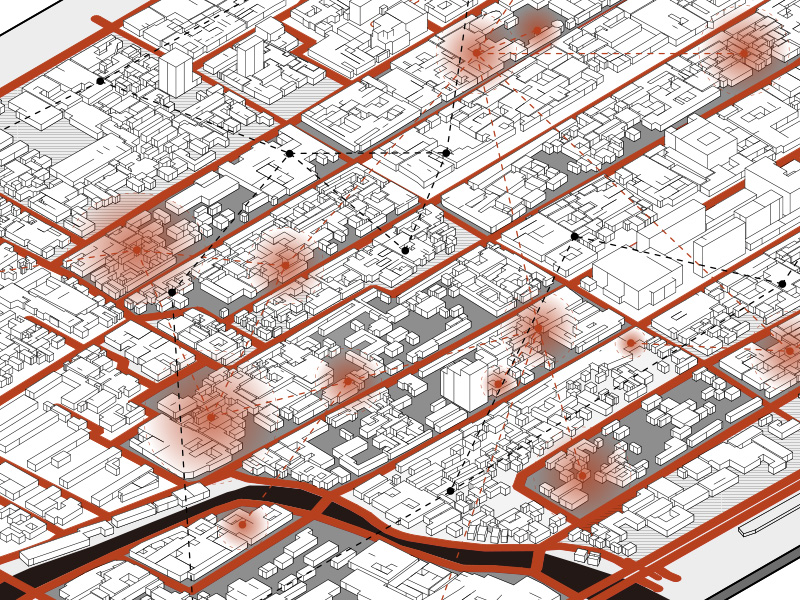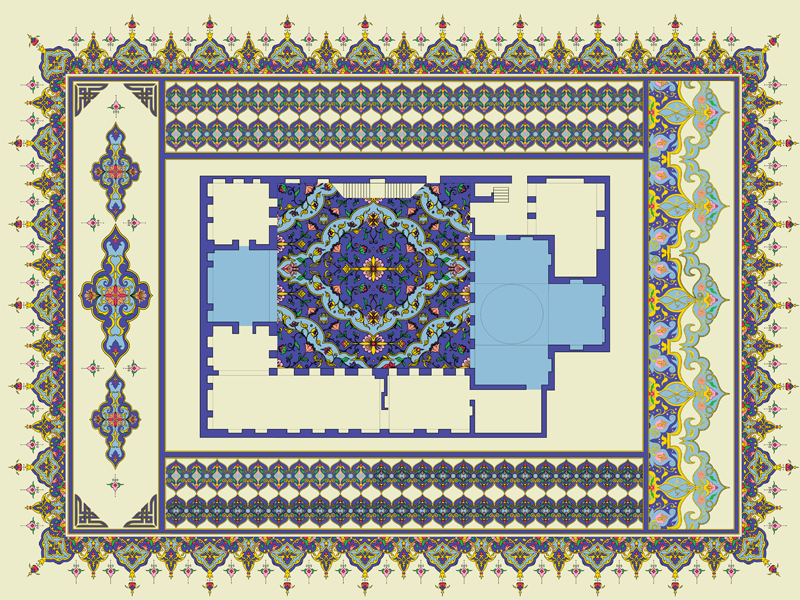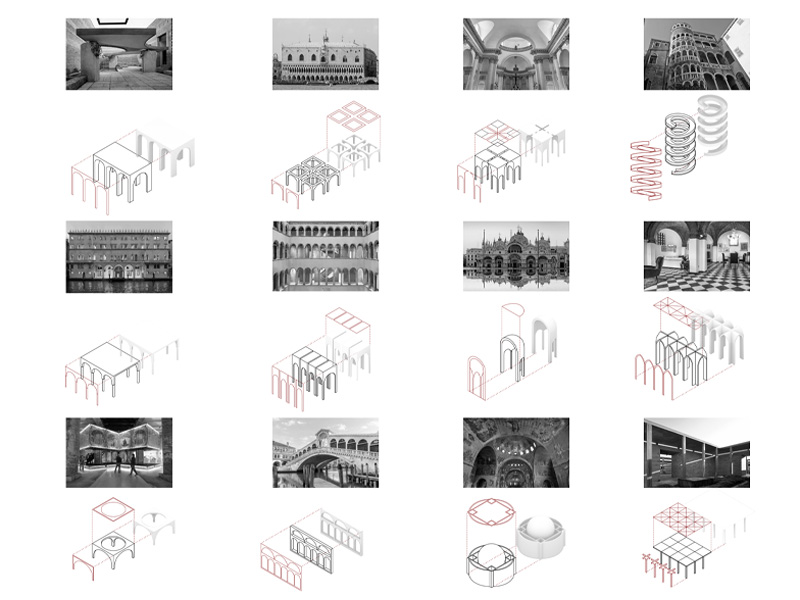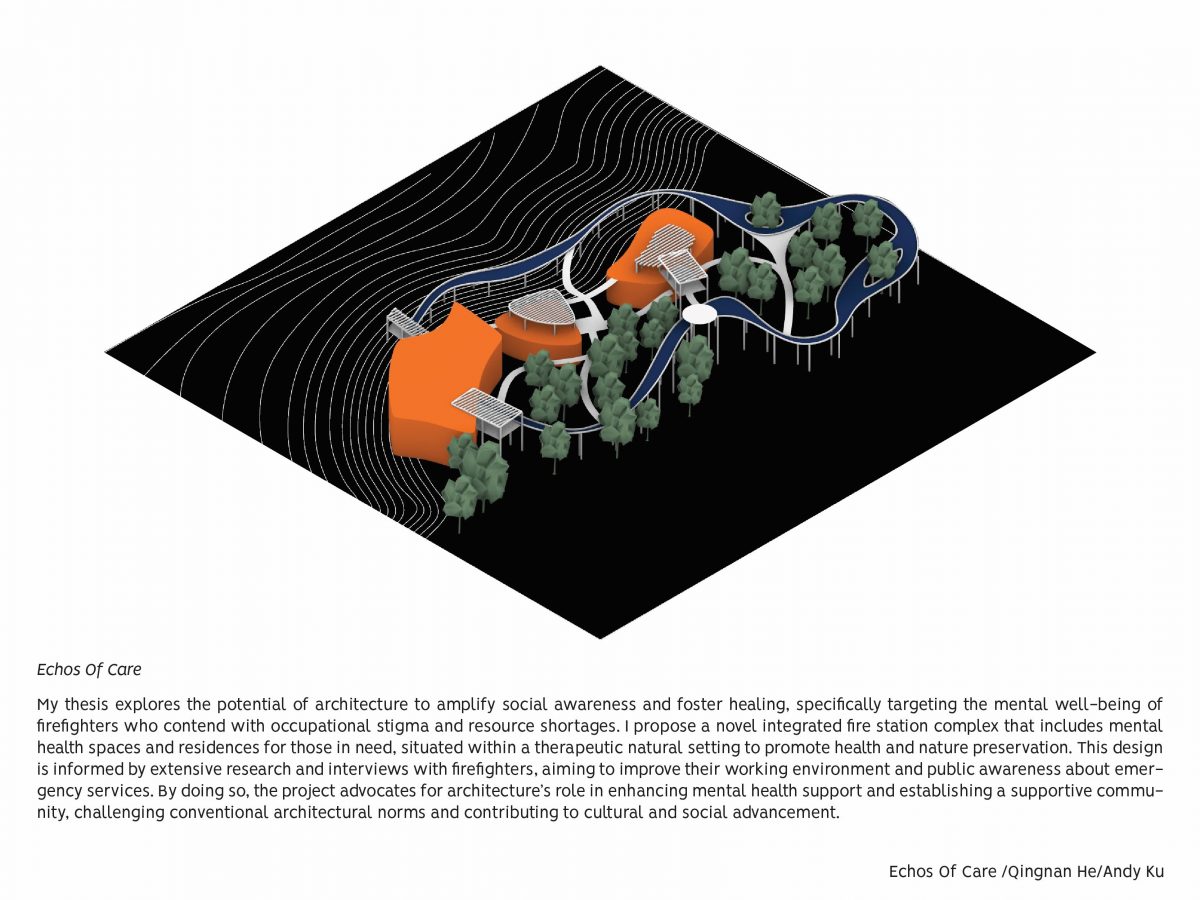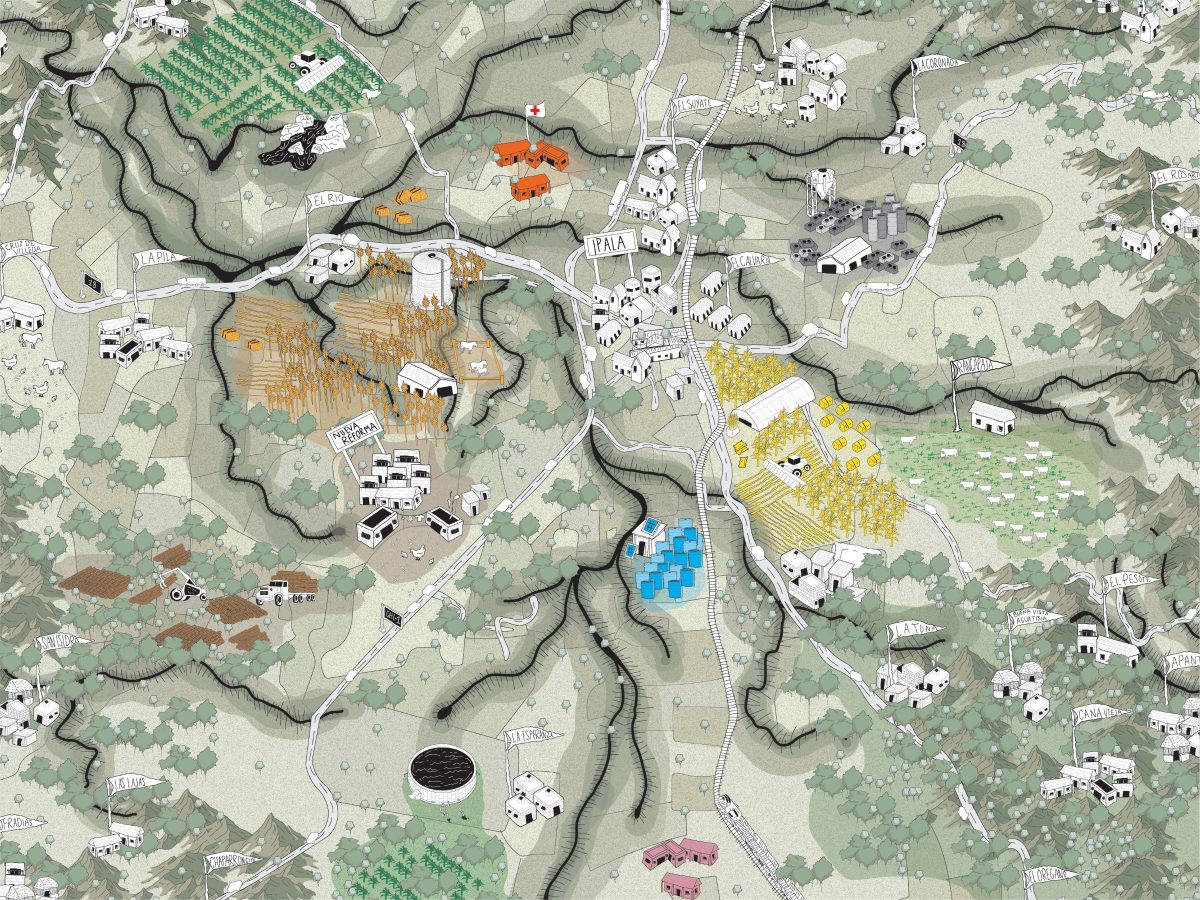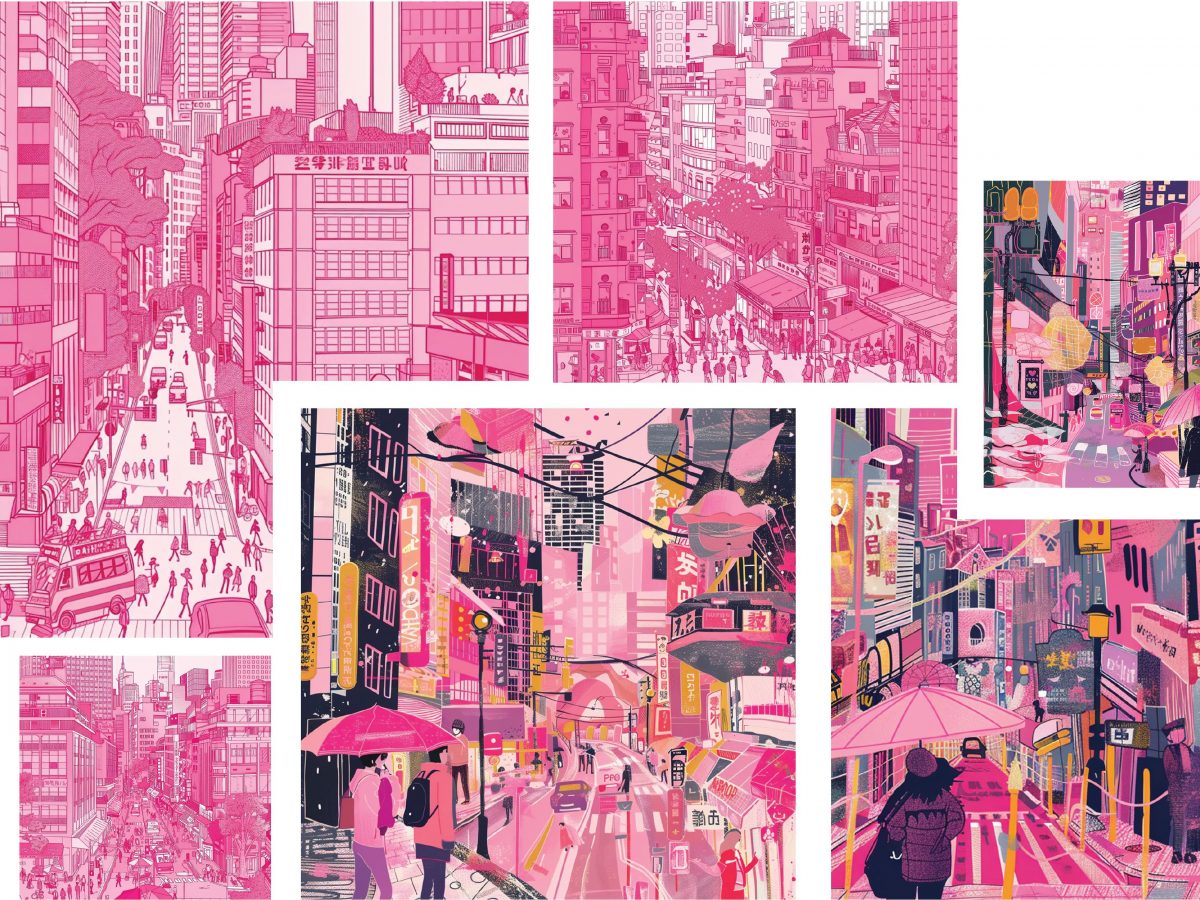In 2021, Myanmar’s military seized power, leading to international outcry and violent crackdowns on protests, resulting in significant loss of life and a setback for democracy.
This thesis advocates for a Museum of Memory and Democracy in Yangon, Myanmar, designed to chronicle the 2021 coup and its aftermath. A key feature of this museum is its modular component, envisioned to detach and function independently as a public hub. This innovative aspect allows for flexible engagement with communities, facilitating educational programs, discussions, and exhibitions tailored to local needs and interests. By integrating this dynamic element, the museum not only memorializes the struggle for democracy but also actively participates in community healing and democratic discourse, embodying a living testament to resilience and the pursuit of freedom.


